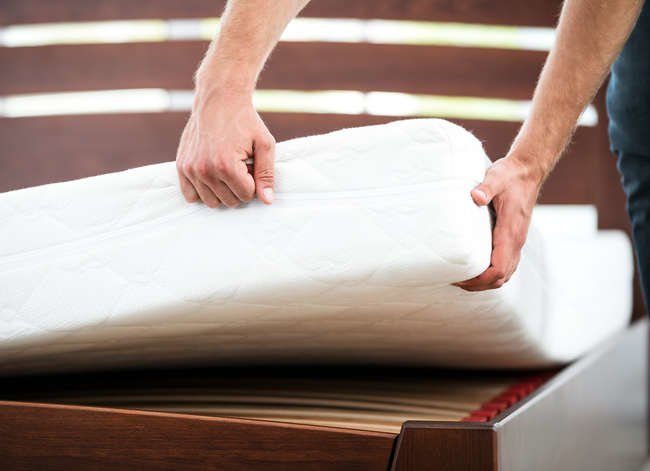We may earn revenue from the products available on this page and participate in affiliate programs. Learn More ›
How To Keep Your Mattress in Pristine Condition

To wake up rested and refreshed each morning, you need a good night’s sleep, and nothing affects quality of sleep more than a mattress. If you’re spending your nights tossing and turning, maybe it’s time for a new mattress. Shop carefully, however, because a good mattress, which typically lasts between 6 and 10 years, can be a significant investment—one that you’ll want to last a good long time. But if you’re like most people, you may be ruining your mattress without even knowing it. Click through now to learn what you may be doing wrong, and what you can start doing right, to protect your mattress—and your sleep.
Related: 10 Things to Know Before You Set Foot in a Mattress Store
Not Rotating Your Mattress
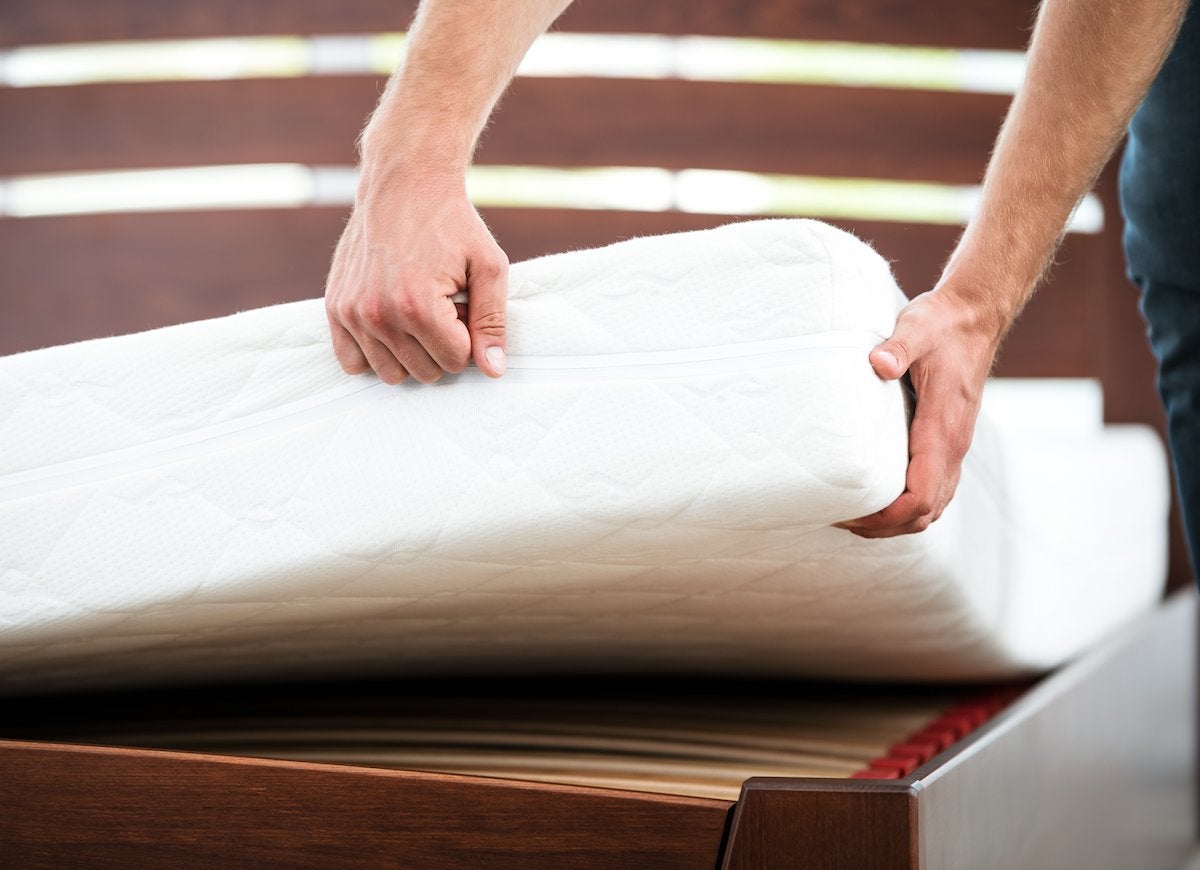
Even the best mattress will eventually sag and develop valleys that conform to the shape of your sleeping body if you don’t rotate it occasionally. Today’s mattresses no longer require flipping over, because most are designed for sleeping on only one side, but they still need to be rotated. Switch the top end to the foot of the bed every three months or so to avoid troughs and other deformities, and extend the life of the mattress.
Skipping a Mattress Protector
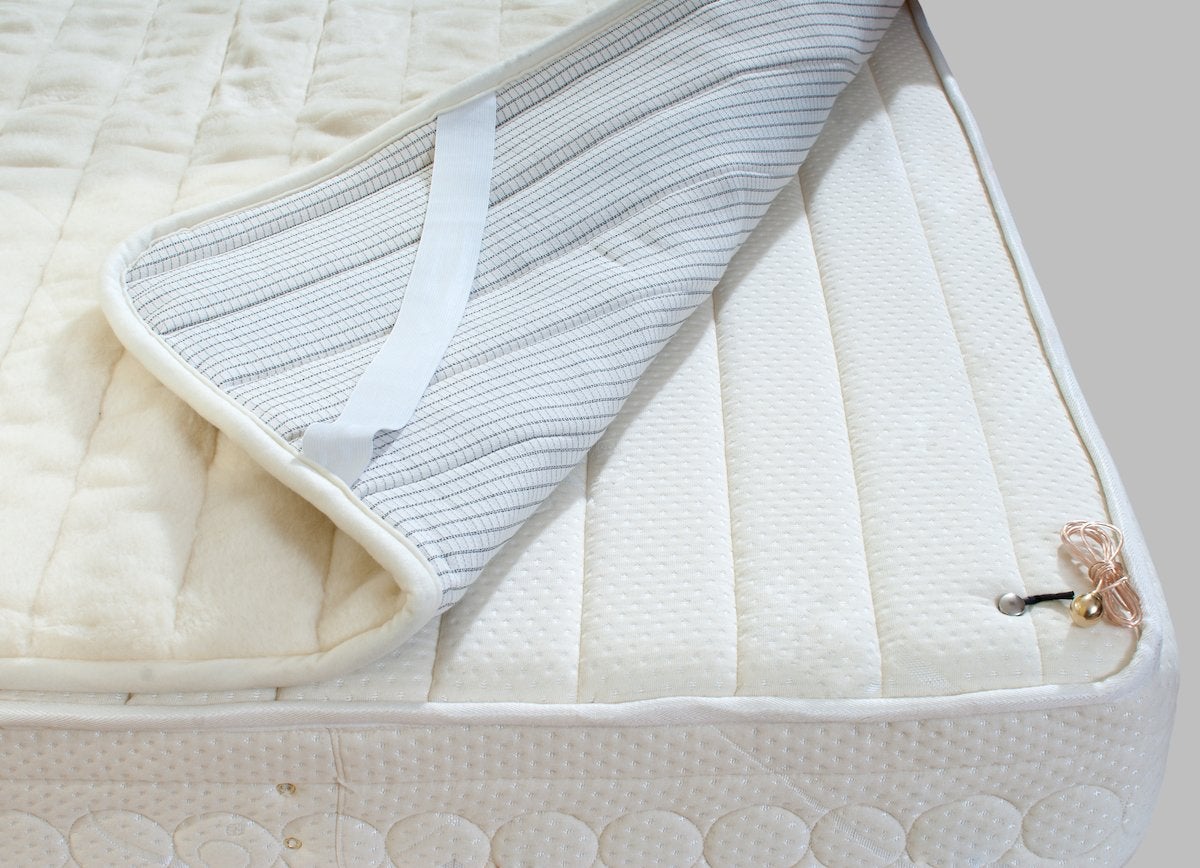
Dust mites, dead skin cells, perspiration, and body oils can easily find their way through thin sheets and onto the top layer of your mattress, potentially leading to odors and bacterial growth. The solution? A mattress protector. Today’s mattress protectors are a far cry from the sweaty vinyl covers of yesteryear—they’re soft and moisture repellent, and many come with an extra layer of padding for added sleeping comfort.
Jumping on the Bed

We all know that an occasional bounce now and then is fun, but jumping on the bed concentrates weight in small areas, and your bed’s box springs aren’t designed to withstand the load. Broken springs or cracked horizontal rails will cause the mattress to settle unevenly, reducing its support foundation and hastening its demise. Your mother knew what she was talking about—don’t jump on the bed!
Related: 15 Easy Fixes for a Squeaky Bed
Forgetting to Clean Your Mattress
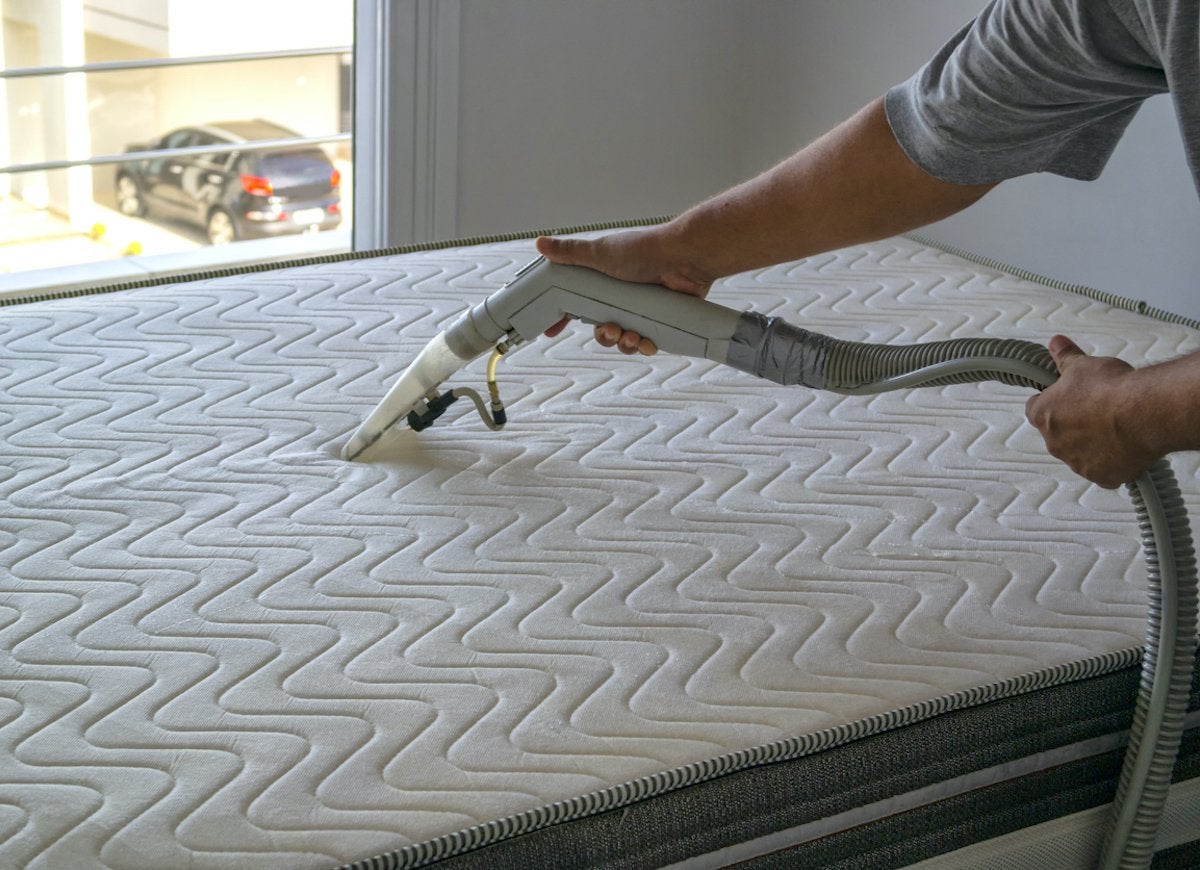
Even when it’s covered, over time dust mites can filter through and settle on the surface of your mattress. An occasional vacuuming will control mites and remove any other unwanted microscopic critters. Make it a practice to vacuum your mattress every three months, when you rotate it. Use the upholstery attachment and vacuum the entire surface—sides, too. Pay special attention to seams and buttons where mites can hide.
Keeping Your Mattress in the Dark
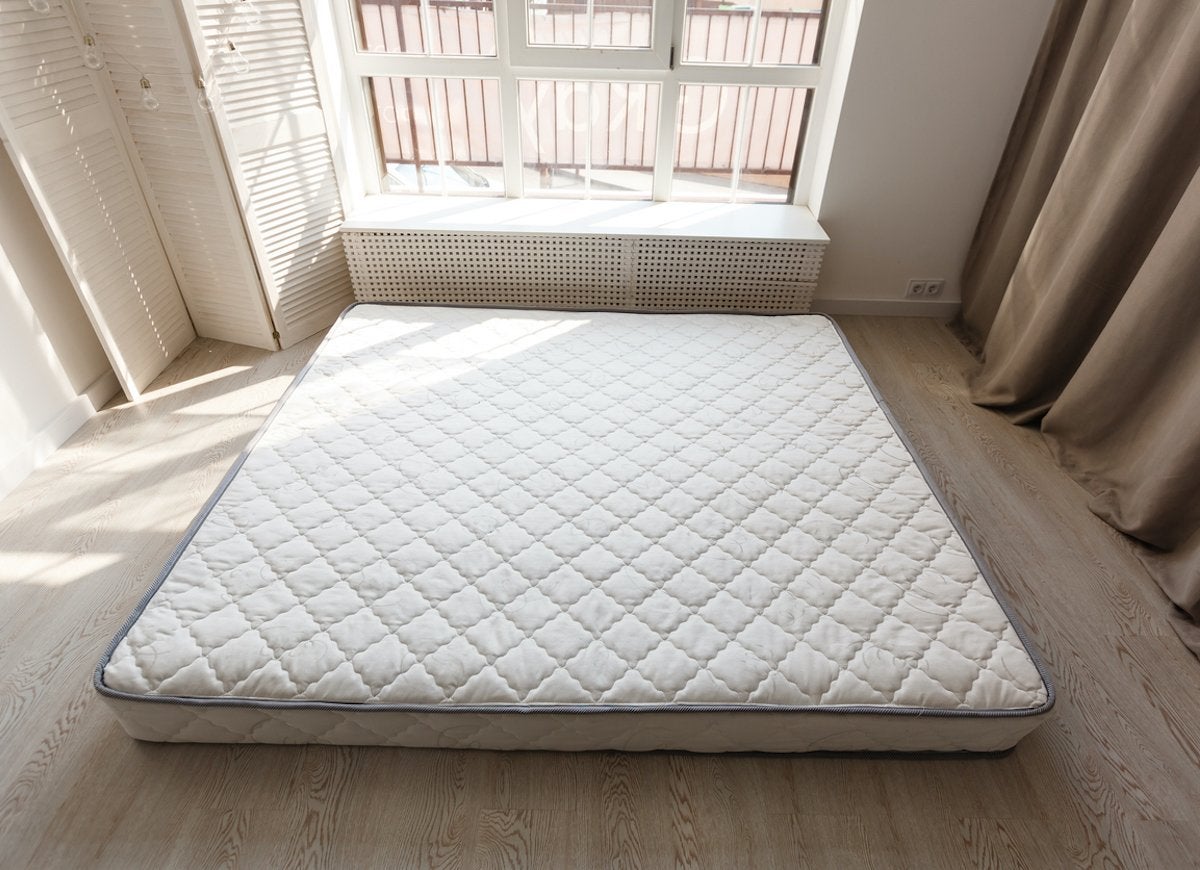
Mushrooms thrive in darkness—mattresses don’t. Expose your mattress to daylight, and let it air out on sheet-changing day to combat stale smells. It’s tempting to take off one set of sheets and put the next set right on, but wait a bit to give your mattress a few hours to breathe before remaking the bed. Your mattress will stay fresher, and you’ll sleep better.
Not Cleaning Spills Promptly
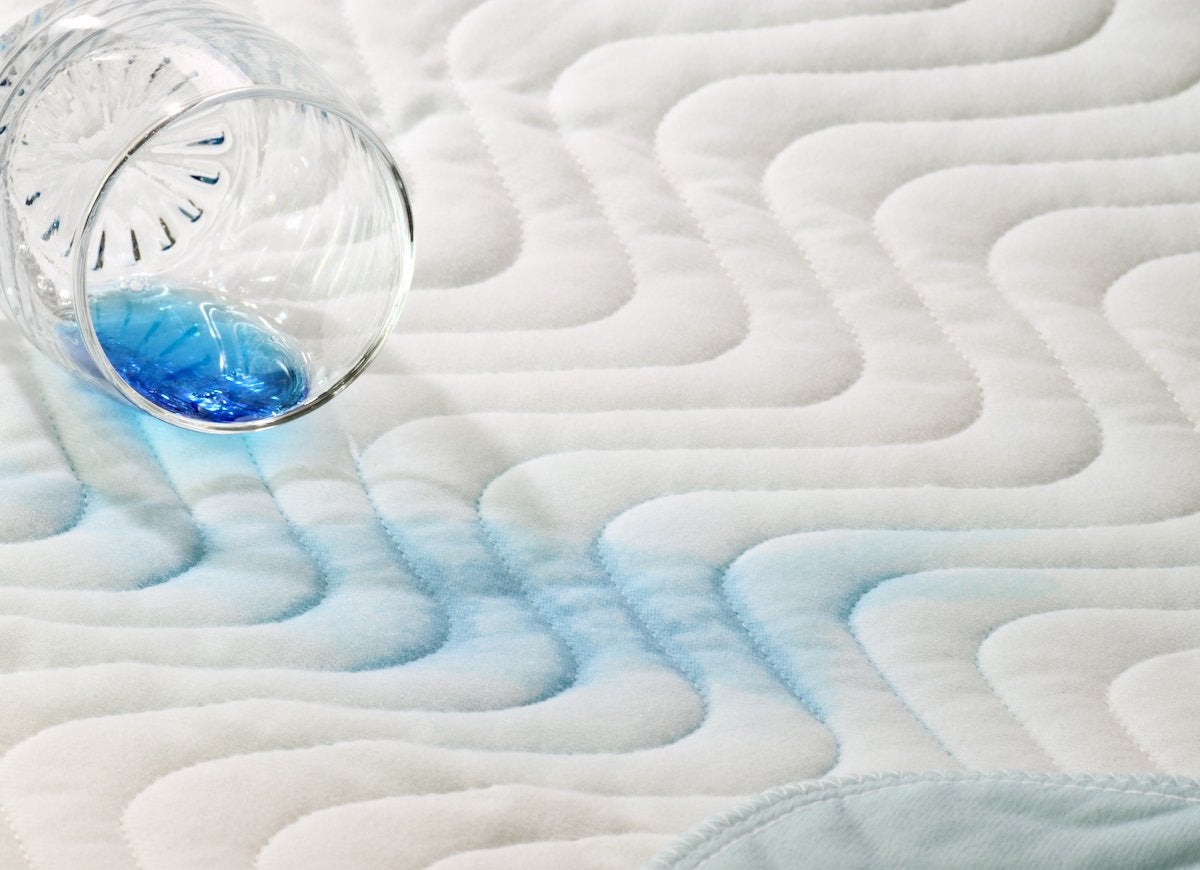
One of the quickest ways to ruin a mattress is to let spills soak in. Whether you’re dealing with spilled wine or a toddler “accident,” promptly strip off the sheets and the mattress pad. Press a towel on the spill to absorb any liquid that made it past the pad, and then sprinkle baking soda over the area. Let the spill dry out completely before vacuuming thoroughly and remaking the bed.
Not Laundering Your Bed Linens Often Enough

Change your bed sheets once a week, or at least once every other week, to keep perspiration, pet dander, crumbs, and other undesirables from migrating from your bed linens to your mattress. That goes for blankets, too! If you have a comforter that can’t easily be laundered, consider protecting it with a duvet cover, and then be sure to wash the duvet cover whenever you wash the sheets and blankets.
Not Supporting Your Mattress Correctly
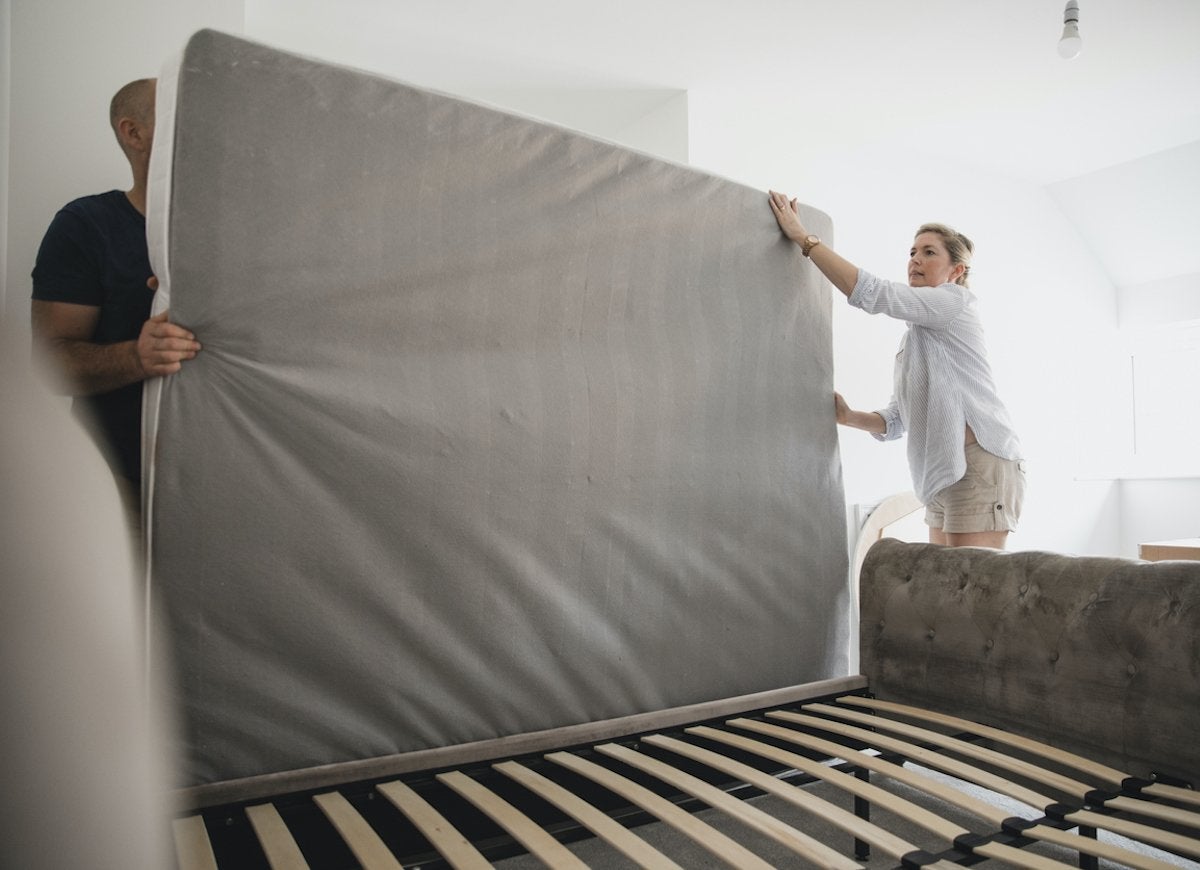
Different types of mattresses require different types of support in order to retain their integrity. Traditional mattresses require box springs and a bed frame. Denser, foam-type mattresses, which are much heavier, call for a platform bed frame that is sturdy enough to support both the mattress and the sleepers. Always follow the manufacturer’s recommendations, as using the wrong type of support can reduce the life span of a mattress.
Not Storing a Mattress Correctly
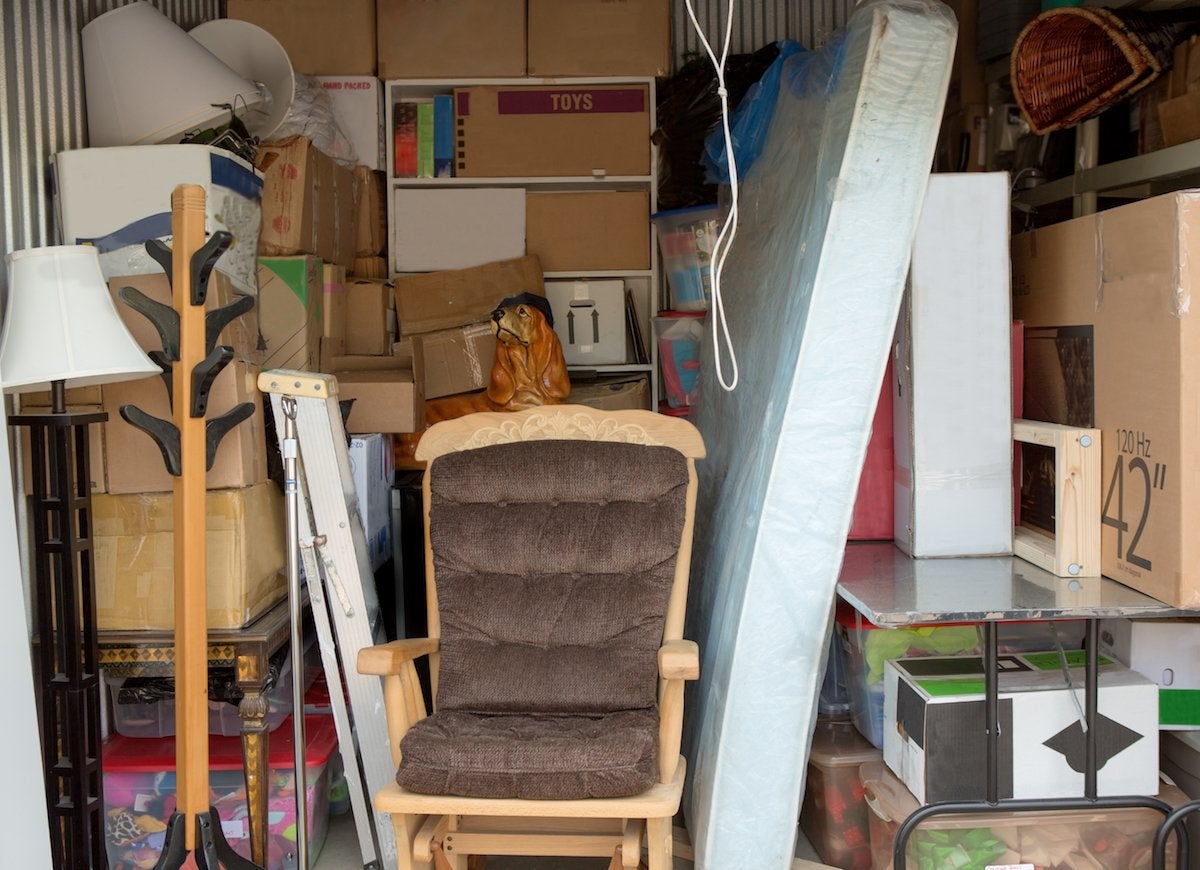
A mattress can develop mildew or become infested with bugs when stored incorrectly. If you must store a mattress, vacuum it thoroughly, then slip on a breathable protective cover that’s made specifically for mattress storage. Store the mattress flat in a climate-controlled storage unit. Unfinished basements and garages are not suitable for mattress storage because basements are damp and garages are subject to humidity and temperature fluctuations. Don’t place anything heavy on top of a stored mattress.
Related: This Is Where to Store Your Stuff When You Run Out of Closet Space

Everything You Need for a Lush and Healthy Lawn
Keeping your grass green and your plants thriving doesn’t just take a green thumb—it starts with the right tools and supplies.

